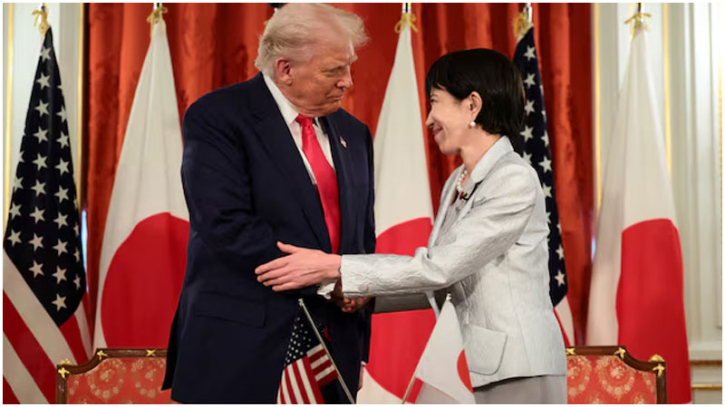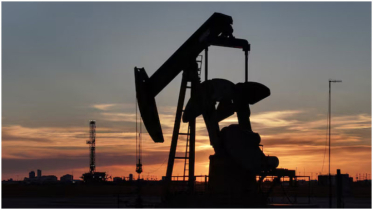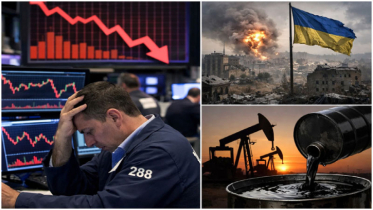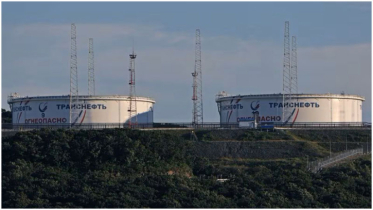US, Japan sign rare earths deal to counter China ahead of Trump-Xi meeting

US President Donald Trump and Japanese Prime Minister Sanae Takaichi signed a framework agreement on Tuesday to secure rare earth supplies, as both countries move to reduce China’s dominance over key electronic materials.
The deal was signed at Tokyo’s Akasaka Palace, a neo-Baroque-style building adorned with gold chandeliers, where the two leaders met and exchanged documents as aides applauded.
Although neither leader directly mentioned China, the agreement reflects shared concerns over Beijing’s control of more than 90 percent of global rare earth processing. China has recently tightened export restrictions, raising alarm among Western nations over supply chain vulnerabilities.
Trump and Chinese President Xi Jinping are scheduled to meet Thursday on the sidelines of the Asia-Pacific Economic Cooperation summit in South Korea to discuss a trade deal that could halt additional US tariffs and Chinese export curbs.
According to the White House, the new US-Japan deal will use coordinated investment and economic policy tools to develop “diversified, liquid, and fair markets” for critical minerals and rare earths. Both countries plan to fund selected projects within the next six months and explore joint stockpiling arrangements with other international partners to ensure supply chain stability.
While China dominates the global rare earth sector, the United States and Myanmar account for about 12 percent and 8 percent of global production, respectively. Malaysia and Vietnam contribute smaller shares to processing.
Japan has also pledged to invest $550 billion in the US economy under a wider trade partnership that includes energy cooperation in power generation and liquefied natural gas (LNG).
Ahead of Trump’s Asia visit, Washington urged allies, including Japan, to stop importing Russian energy and imposed sanctions on Moscow’s two largest oil firms, Rosneft and Lukoil, in an effort to pressure the Kremlin over the war in Ukraine.
Japan has increased its LNG purchases from the US in recent years to diversify energy sources as contracts from Russia’s Sakhalin-2 project near expiration. Mitsui and Mitsubishi helped launch Sakhalin-2 in 2009, which currently supplies about 9 percent of Japan’s gas needs.
In June, JERA, Japan’s largest LNG buyer, signed a 20-year deal to import up to 5.5 million metric tons of US LNG annually starting around 2030 — nearly matching Japan’s imports from Sakhalin-2. Tokyo Gas also reached a preliminary agreement to buy 1 million metric tons per year from the Alaska LNG project.
To keep electricity prices stable, Japan aims to maintain some imports from Sakhalin-2, which can deliver LNG within days compared to longer shipping times from the US Gulf Coast.
“The US wants Japan to stop importing Russian energy, but Sakhalin-2 is Japan’s cheapest and closest LNG source,” said Nobuo Tanaka, chief executive of Tanaka Global Inc. “The real question is whether US LNG, including from Alaska, can compete on price.”
.png)




